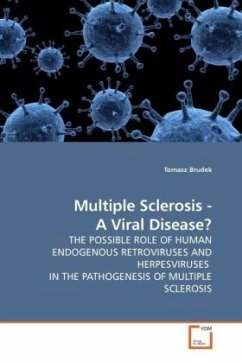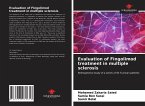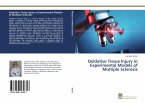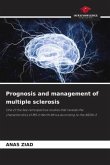Multiple sclerosis (MS) is a complex inflammatory demyelinating disease of the central nervous system (CNS), occurring mainly in young adults. A malfunction of the immune system, resulting in an autoimmune response directed against one or several components of the CNS, is thought to be the main disorder that leads to demyelination in the CNS. The main cause of the malfunction has not been described yet, but autoreactive T-cells and antibodies, directed against myelin antigens, have previously been found in MS patients. The leading hypothesis assumes that MS occurs as a result of exposure of genetically susceptible individuals to an unknown environmental agent(s). Several herpes viruses (HSV-1, HHV-6, VZV and EBV) together with human endogenous retroviruses (HERV-H and HERV-W) have been associated with development of MS for years, but none of the associations are conclusive. Herpes viruses are capable of HERV transactivation, and both virus groups are known to interact with each other inducing synergistic immune responses. This review presents further evidence on association of HERVs and herpesviruses with MS.
Bitte wählen Sie Ihr Anliegen aus.
Rechnungen
Retourenschein anfordern
Bestellstatus
Storno








